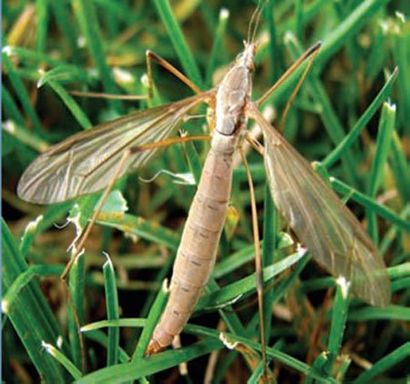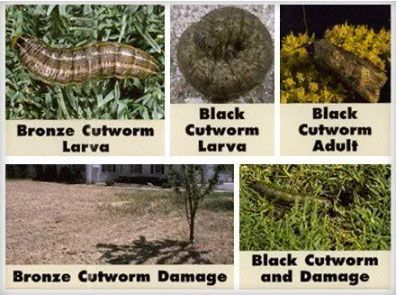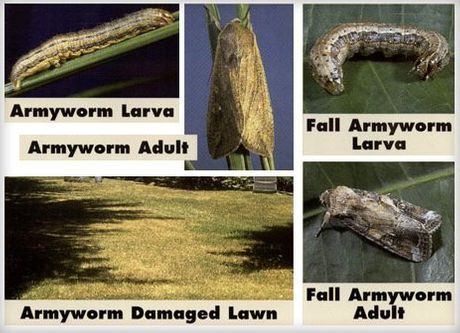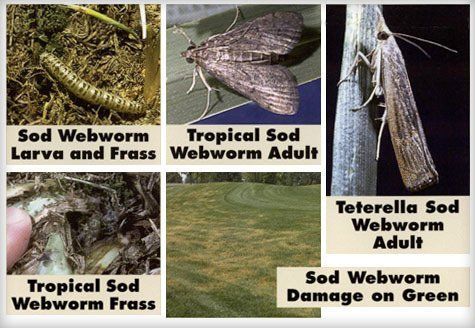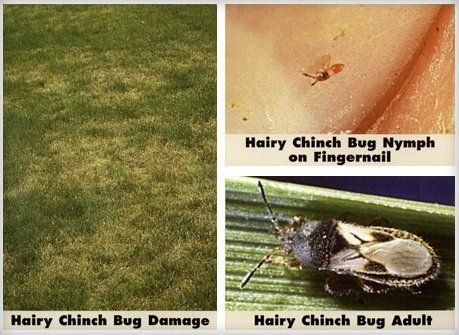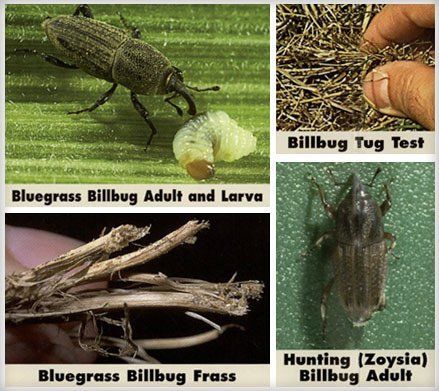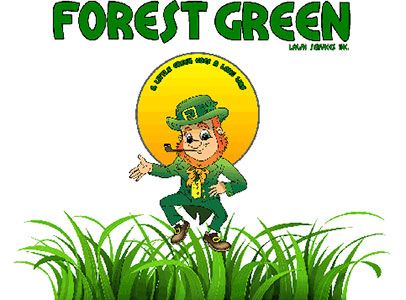
White Grubs
These are the larvae of beetles like the Japanese, May / June beetle, Oriental, Asiatic garden, European chafer, and masked chafer.
They are C-shaped species that feed on the fibrous roots and thatch of turf. They breed during the spring and fall. An infestation of 6 to 10 grubs can cause grave damage to the turf, resulting in large brown areas of dead grass that can be peeled like a carpet.
The fully grown larvae measure around 1/2" to 3/4" long and can be identified by raster (hair) pattern at the tip of their abdomen when looked through a hand lens. This insect can be easily controlled immediately after the egg hatches in mid-summer.
These are the larvae of beetles like the Japanese, May / June beetle, Oriental, Asiatic garden, European chafer, and masked chafer.
They are C-shaped species that feed on the fibrous roots and thatch of turf. They breed during the spring and fall. An infestation of 6 to 10 grubs can cause grave damage to the turf, resulting in large brown areas of dead grass that can be peeled like a carpet.
The fully grown larvae measure around 1/2" to 3/4" long and can be identified by raster (hair) pattern at the tip of their abdomen when looked through a hand lens. This insect can be easily controlled immediately after the egg hatches in mid-summer.


